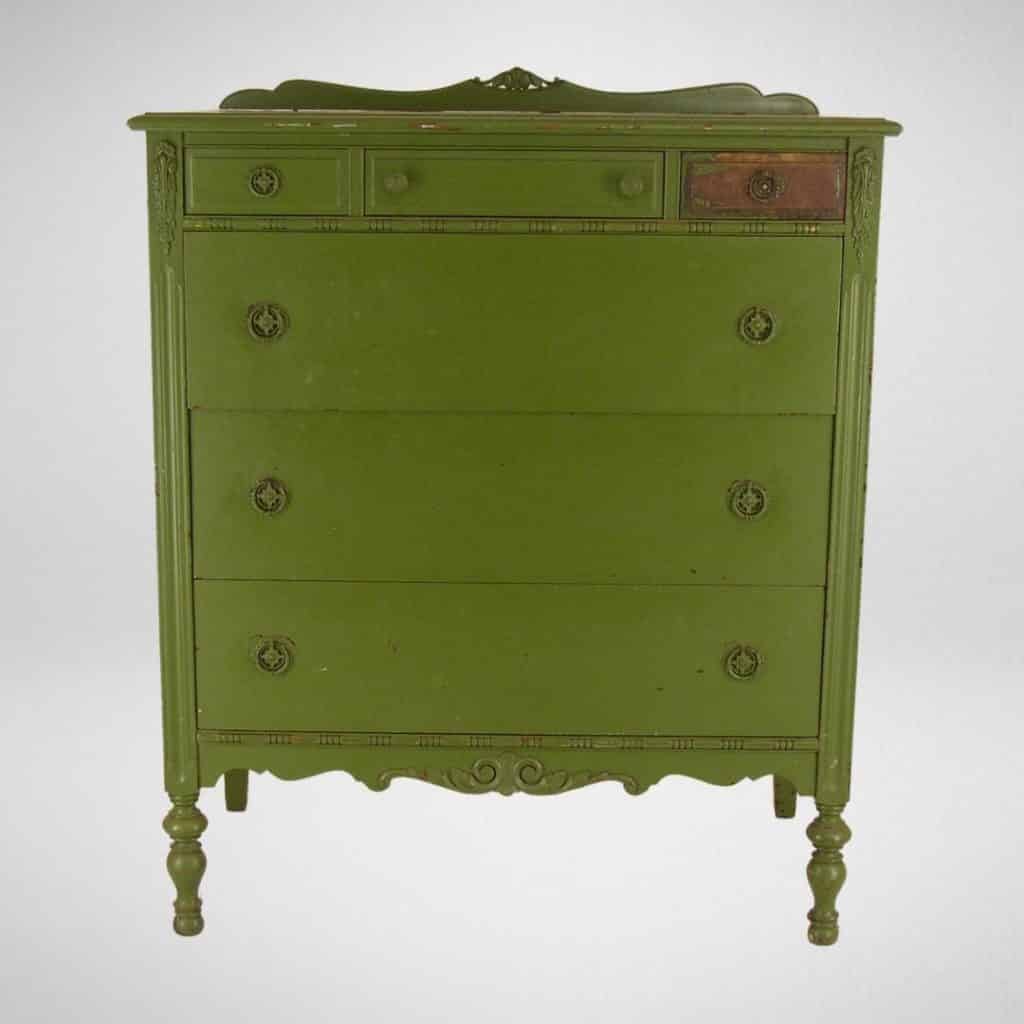Antique Restoration and Repair


If furniture could talk, what stories would they tell?

The evolution of a single antique is not confined to one predictable path. Every piece of furniture starts as a functional object used for seating, eating and sleeping. Over time, a single piece of furniture might become a constant presence that helps define a unique sense of time and place. For many, furniture is a shared emotional experience that comes with its own story — a nostalgic and sometimes iconic object too precious to discard.
Antique repair and restoration is part of a furniture’s evolutionary process. It rejuvenates the creation to its original splendor while fortifying it to withstand another lifetime of memories. This is the philosophy by which David J. Lunin has operated to restore, conserve and repair antiques for more than 20 years.
Preserving History for the Future
With a remarkable expertise in furniture restoration, Lunin determines the most appropriate and effective strategies. He strives to preserve the history of each unique piece by using tools and techniques that 18th-century furniture makers used, including mortise, tenon joinery and hand cut dovetails.
Lunin developed a noteworthy understanding of hand-cut joinery while working his way to the level of mastercraftsman with some of the most renowned restoration companies in the East Coast — including Kinloch Woodworking, Ltd. in Unionville, PA and Alan Andersen Ltd. in Cochranville, PA. It was during this time, Lunin built a strong reputation for restoring 18th-century tables, chairs and chests to “museum quality” standards.
He works closely with clients to precisely restore antiques to their original state while preserving parts and finishes whenever possible:
- Meticulous restoration of finishes
- Exact stain and paint color matching
- The ability to match original carvings and woodturnings
- Careful preservation of complex original parts and joints


Frequently Asked Questions

- Repair: This process typically entails regluing or otherwise stabilizing parts.
- Restoration: This is more about bringing a piece back to its former glory. When the restoration process is finished, the piece will still look like an antique. This could include recreating missing pieces, adding secondary surfaces to retain their patina and applying a finish to maintain an old look and protect the peice for years to come.
- Conservation: Some antiques require the most careful approach due to monetary or sentimental value. A conservation aims to stabilize the piece for future generations without disturbing any original wood or finish. Often, pieces that are conserved are not being used but are sitting in a museum being admired.
Restoration can increase the value of an antique. However, bad restoration work can destroy the value.
Request more information
Fill out the form with as much information as you can and I’ll be in touch within 24 hours.
